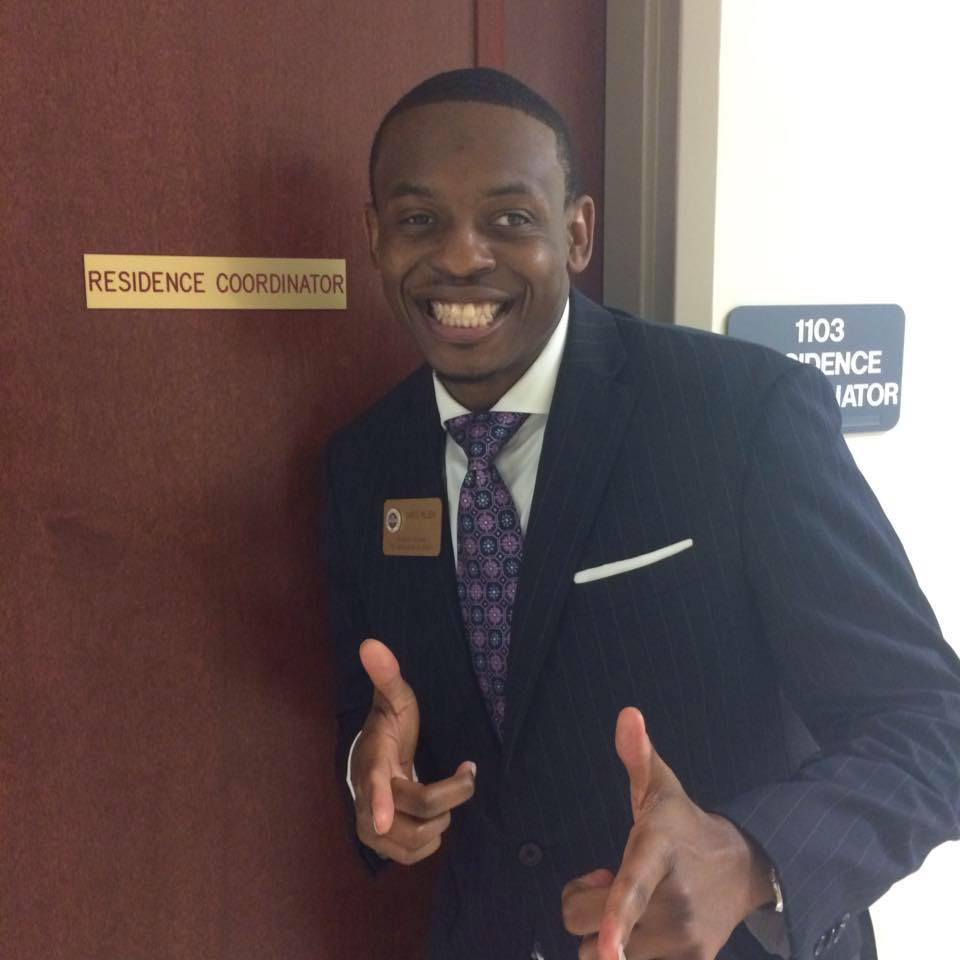

While all attempts are made to ensure the correctness and suitability of information under our control and to correct any errors brought to our attention, no representation or guarantee can be made as to the accessibility, correctness or suitability of information provided by any hyperlinked site or any other linked information accessed through the Basketball Hall of Fame website but not under its control.Just ask fashion stylist Lloyd Boston, author of the new book “Make Over Your Man: The Woman’s Guide to Dressing Any Man in Her Life” (Broadway Books, $29.95).īoston, who also works as a TV commentator for “Today” and the Style Network, wrote the book to guide women as they attempt to overhaul their guys’ looks. The Basketball Hall of Fame makes no representation concerning, and is not responsible for the quality, content, accessibility, nature or reliability of any hyperlinked site. Naismith Memorial Basketball Hall of Fame

Nearly 200,000 people visit the Hall of Fame Museum each year to learn about the game, experience the interactive exhibits and test their skills on the Jerry Colangelo "Court of Dreams." Best known for its annual marquee Enshrinement Ceremony honoring the game’s elite, the Hall of Fame also operates over 70 high school and collegiate competitions annually throughout the country and abroad. The Hall of Fame has more than 400 inductees and 40,000 sq. Located in Springfield, Massachusetts, the Naismith Memorial Basketball Hall of Fame is an independent non-profit 501(c)(3) organization dedicated to promoting, preserving and celebrating the game of basketball at every level. A former All-America at Duquesne, Cooper played for the Harlem Globetrotters, Boston Celtics, Milwaukee/St. He shouldered a tremendous burden with grace, humility, and a sense of history that told him better days were always ahead – if not for him, for an entire race of people.

Cooper kept his cool when a new hotel on the exhibition circuit refused him service or fans from a rival city shouted racial slurs. The Big Three faced discrimination in restaurants, hotels, and the very arenas in which they played. Cooper, a 6-foot-5-inch forward, joined fellow African-American players Earl Lloyd and Nat “Sweetwater” Clifton in a sort of holy trinity that broke the color barrier in the NBA. The two Celtic rookies stood poised to turn around the struggling franchise. That same year, the crafty Auerbach enjoyed the good fortune of having Bob Cousy land in his lap when the Chicago Stags folded. The Boston Celtics, led by influential owner Walter Brown and his persuasive sidekick Red Auerbach, selected Cooper with the 13 th overall pick in the second round. On April 25, 1950, Charles “Chuck” Cooper made history when he became the first African-American player to be drafted by an NBA team.


 0 kommentar(er)
0 kommentar(er)
